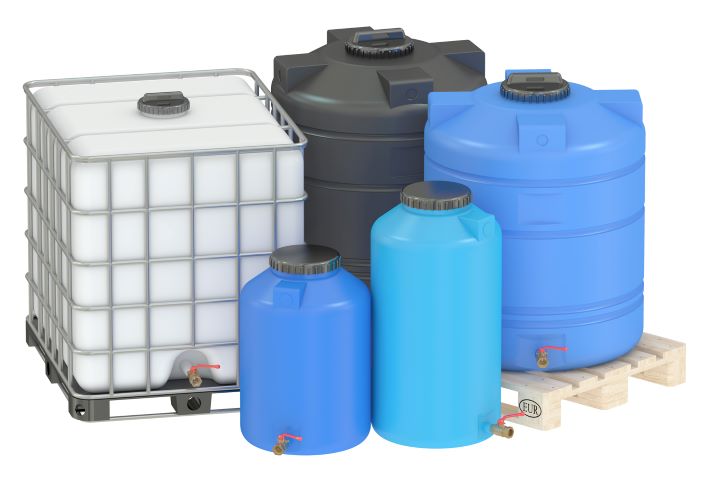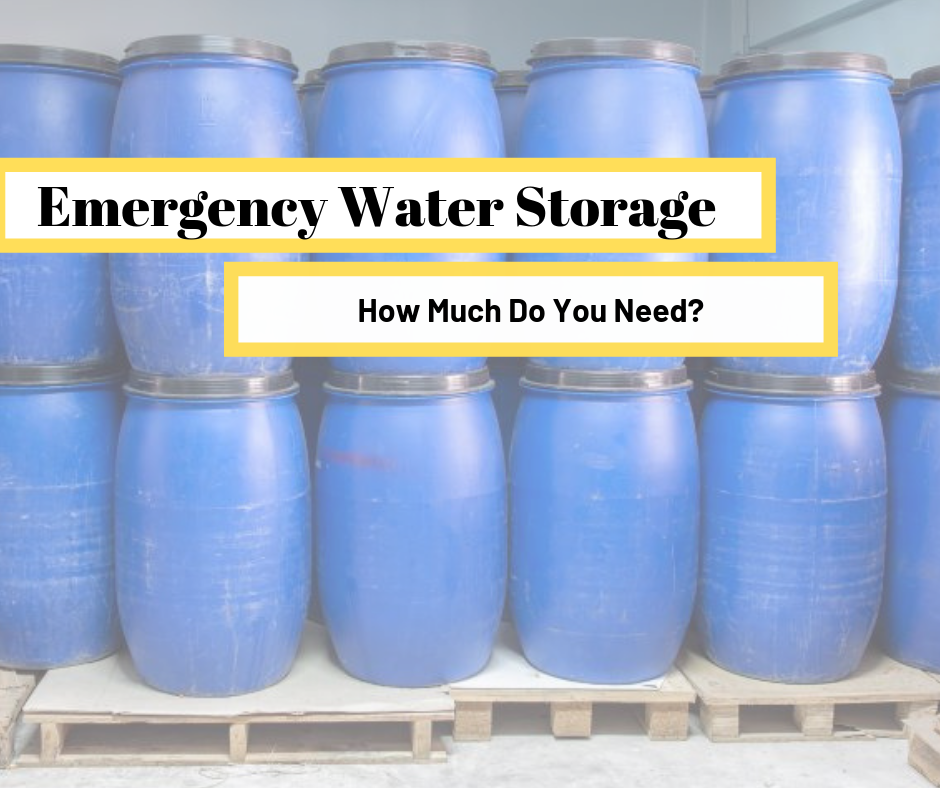Did you know that you can survive 10 or more days without food, but you can’t go more than 3 days without water? Many people underestimate the importance of storing water.
So let me ask you some questions to get you thinking about why you should be storing water.
- In the event of a power outage, will your water pump work?
- In the event of a flood, do you have a clean water source?
- In the event of an earthquake, is your water source going to stay intact?
That last question is the most over-looked reason for storing water. There are many scenarios where water pumps stop working, or water is contaminated.
Here is the south I may not be that concerned about an earth but you may live near a fault line. In those situations, water pipes and wells will move and may no longer provide water.
There is no downside to being prepared, so STORE WATER!
I’ve put together a few tips to help you store water. You may have some water or water purifiers in your 72-hour kit, but is that enough? You should have a supply of water in your home large enough to provide for your family’s drinking water and other water needs in emergency situations.
Emergency responders and organizations like the Red Cross and FEMA are now recommending that you have enough food, water, and first aid on hand to last 14-30 days.
So what do you need to know about storing water?

Water Storage Facts & Tips:
The average person drinks about a gallon of water per day, so keep that number in mind when calculating how much to store. Remember to store extra clean water for hygiene, medical emergencies, and food preparation.
Keep at least a 3-day supply of water on hand, but make sure you have the ability to purify water (with powders, tablets, filters, etc.) for much longer than that if necessary.
Only store water in containers that are sterilized, leak-proof, and safe for long-term water storage, like food-grade water storage barrels. (Clear plastic containers have BPA issues and breathe, which can cause your water to become contaminated if you store it near gas, heat, or non-sanitary spaces.)
Know which water sources in your house are and aren’t safe to drink in emergencies. For instance, it’s safe to drink water from your water heater, but not radiators.
Know how to safely use the 3 main methods of making water safe to drink: boiling, chlorination, and distillation. Learn more about water treatment solutions below.
Still not sure about exactly what to do? Let’s break it down into 3 easy steps now that you understand the importance of storing water and that water should be stored properly to be safe for consumption in an emergency situation.
1 – Calculate How Much Water You Need
Store at least 1 Gallon per person per day for the first 3 days. Then calculate 3 gallons per person for the 3 days after that. Then 10 gallons per person per day for the remaining 8 to 22 days you plan to store water.
So, if you have 3 people, the math looks like this:
3 people x 1 gallon x 3 days = 9 gallons for 3 days.
Then 3 people x 3 gallons x 3 days = 27 gallons + 9 gallons = 36 gallons for 3 people for 6 days.
Then 3 people x 10 gallons x 8 days = 240 gallons + 36 gallons = 276 gallons for 3 people for 14 days.
2 – Filter In, Treat and Store, Filter Out
The safest method of storing water is to filter it going into your water storage tank. Then treat the water for maximum long term storage and pathogen protection. Then filter the water coming out of the storage container when you plan to drink it.
3 – Gather the Supplies
Consider buying 55 gallon water containers, 30 gallon water containers, or easy to stack and carry water bricks.
Water Treatment
The nice thing about the 55 Gallon Water Container Kits is that they come with the water treatment solution, but you should also consider other options.
It is pretty much impossible to store all the water you would ever need which means eventually you would have to look at gathering water from rain barrels, lakes or streams.

